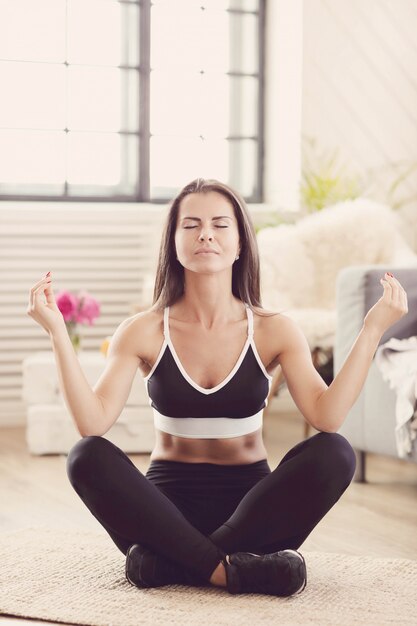

When I teach a refresher course on meditation, I usually start by asking everyone to meditate for a few minutes, focusing on their breathing as they normally would. Once people are settled into their practice, I suggest they take one hand and, while continuing to focus on their breath, outline in the air over their body where they perceive “the breathing” to be. You can try this right now before reading further.
I’m curious about the shape and location you traced on your body. Most people end up marking a very small area. Sometimes they show a column of air moving up and down their airways. More often, they draw a small oval, about the size of an open hand, in the center of their chest.
Many interpret the suggestion to observe “the breathing” as observing “the breath.” However, the breathing and the breath are two different things. The breath is the air moving in and out of the body, while the breathing encompasses all sensations connected to this process, even if indirectly. These sensations can be felt throughout the entire body, not just in a small area, including the hands and feet. At the very least, it involves the whole trunk: the front, sides, and back of the chest and abdomen, the skin covering these areas, the shoulders, the spine, and of course, the airways.
When we pay attention to the breathing in this broader sense, our practice becomes much more engaging. Focusing on just a small area doesn’t provide enough stimulation for the mind, which then creates distractions. Paying attention to a wide range of sensations gives the mind plenty to occupy itself with, reducing the tendency to wander and becoming more engaged and absorbed.
This deep absorption extends beyond merely noticing several sensations. When we open ourselves to sensing the breathing across the entire body, we can see how these sensations are interconnected and move together. Everything we observe is part of a single movement driven by the diaphragm. Air flowing through the nostrils, the rise and fall of the shoulders, the shifting pattern of sensations where our clothing touches our skin, the movements of the spine, and the rib cage—all of these are part of a wave of sensation moving through us.
Focusing on the breathing as a dynamic, rhythmic flow encompassing the entire body is far more engaging than just observing a single small area or multiple separate sensations. It brings about a deeper level of absorption, allowing us to be content, calm, and fully engaged with our sensory experience.